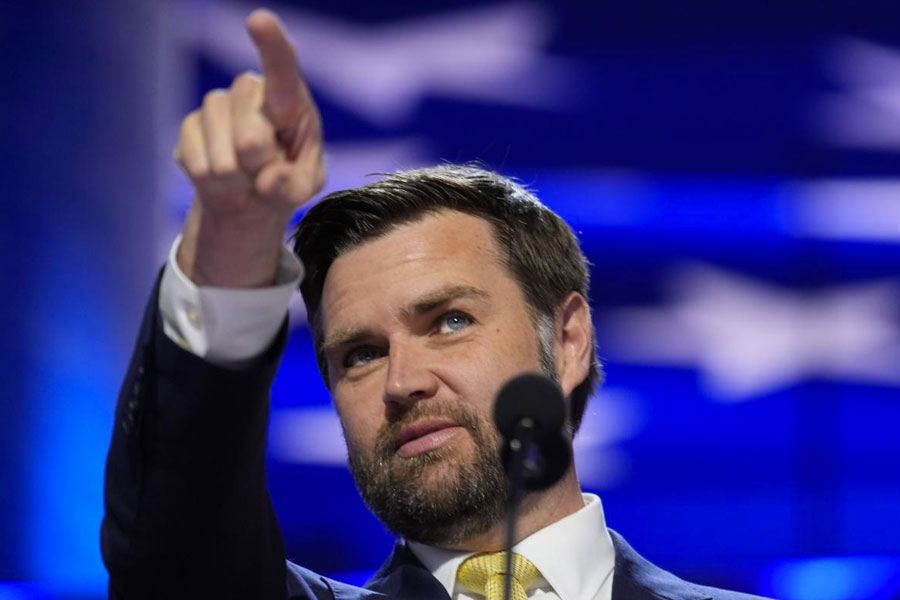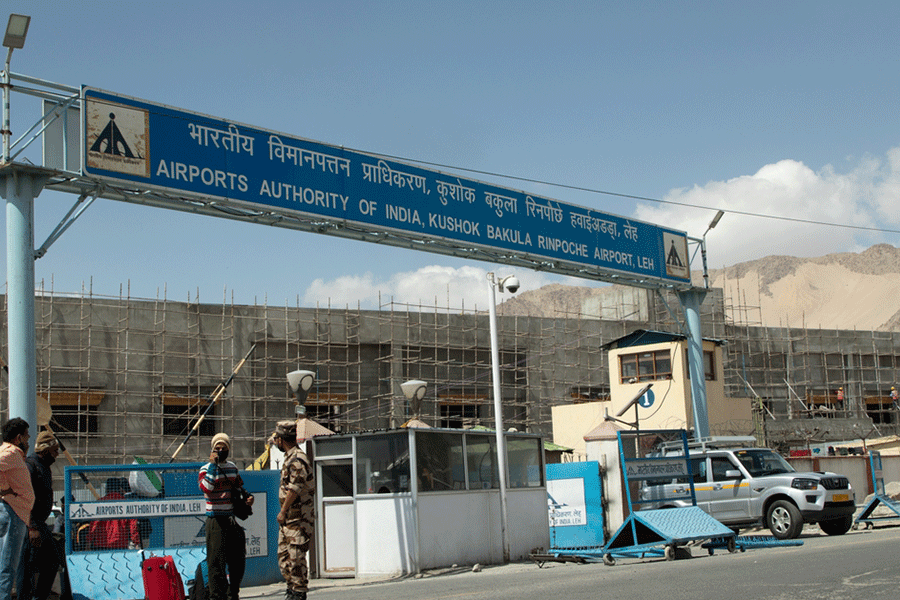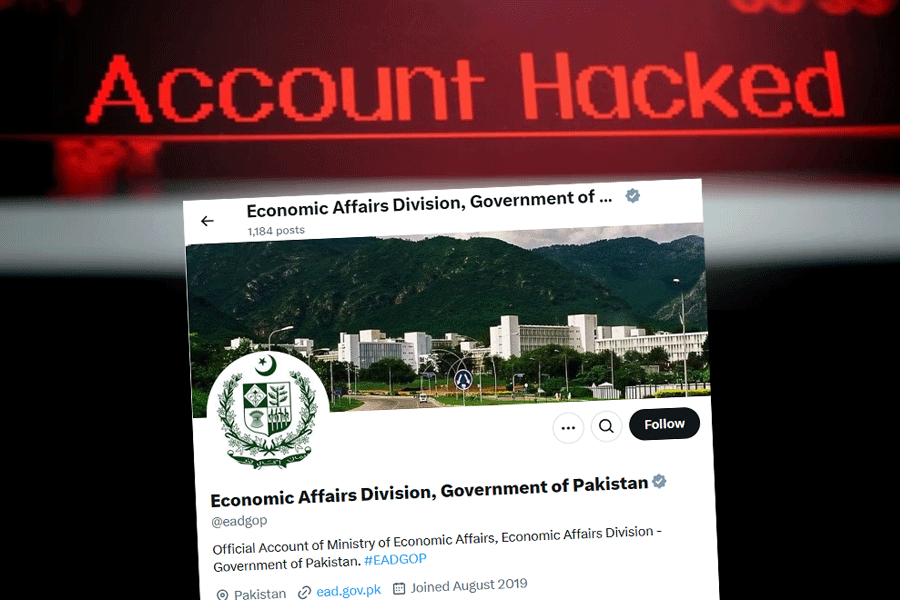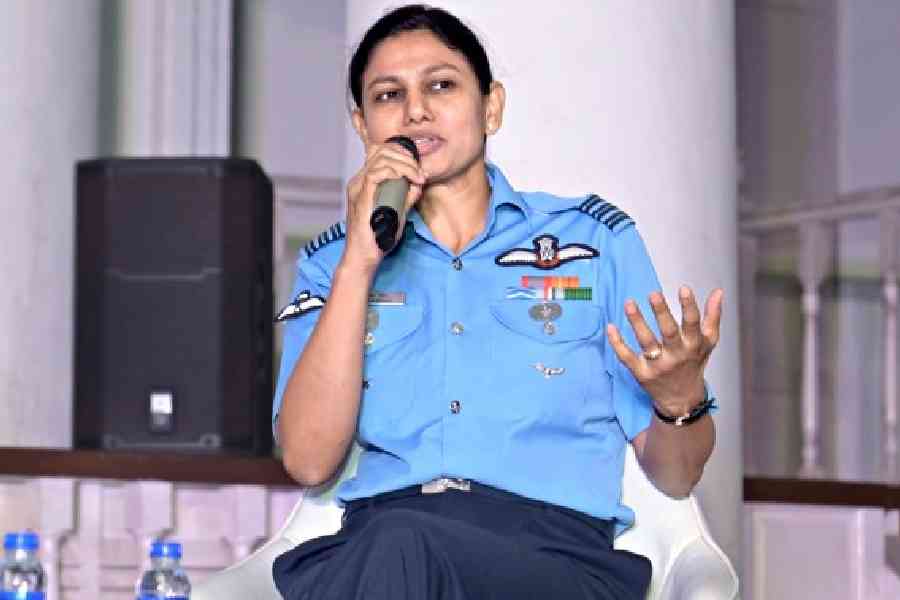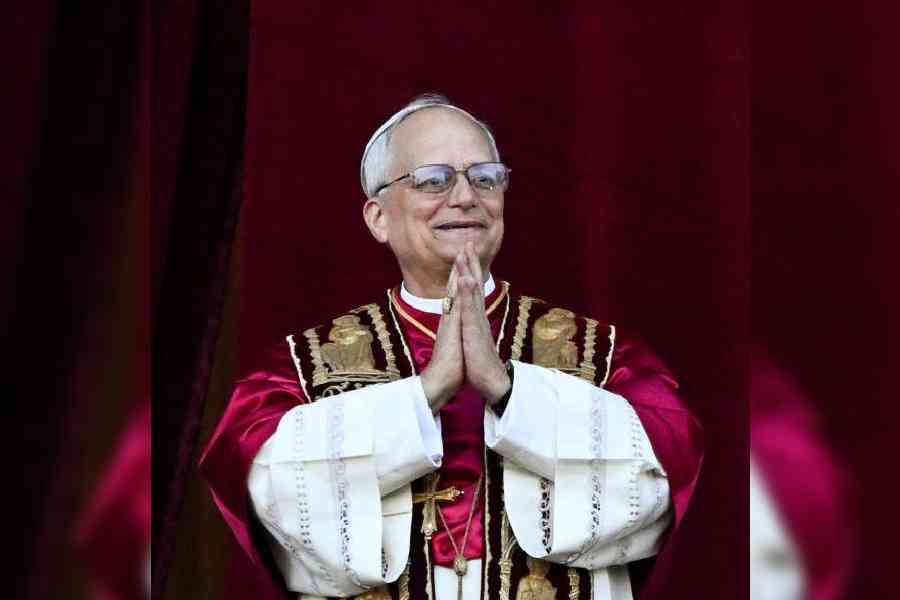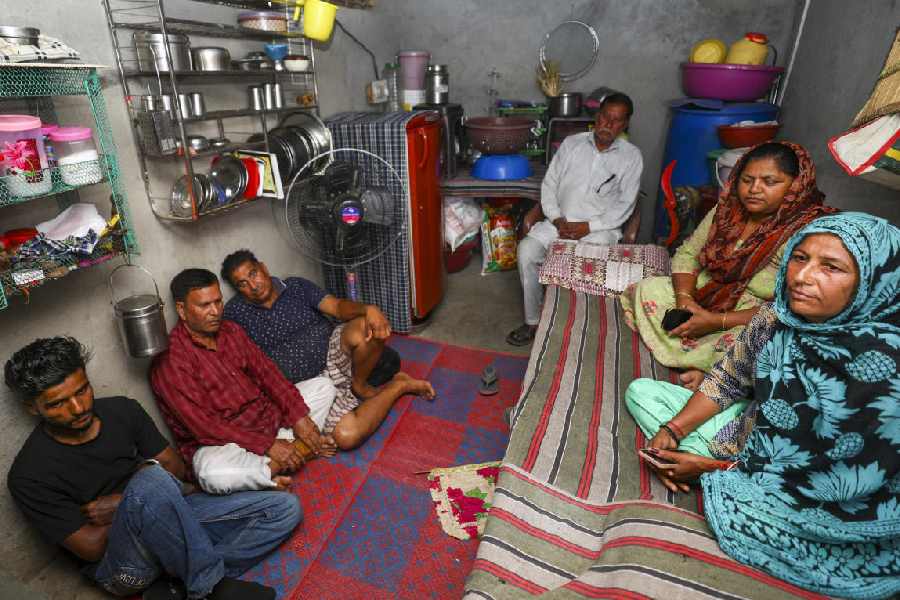 |
| Tulsi Gabbard at AAPI |
A little-known brotherhood within the Indian Foreign Service is that of medical graduates who successfully wrote the civil services examination and opted to represent India abroad. When young men and women, who graduated from medical colleges, initially appeared for interviews at the Union Public Service Commission, they invited a mixture of dismay and disapproval from the panel that after studying for five years in most cases to practise medicine and having used up the State’s resources which were much more scarce at one time, these bright youth were opting for a vastly different career.
Since the UPSC’s interview board rarely, if at all, comprised doctors, the grass appeared greener on the other side for members of the panel, who felt that practising medicine was a more noble profession than being a district collector or a first secretary in an embassy. At least that is what the many physicians who joined the civil services felt about the Commission’s attitude.
But because India is a democracy and its people — at least the ones with privileges — have the freedom to choose their careers, there was nothing that the UPSC could do about these medical graduates who were determined to become diplomats. They had done well in the written examinations and qualified for the interview. Several of them did well in their interviews and were eventually selected to the IFS despite the ambivalence of those who interviewed them for the civil services.
In retrospect though, Indian diplomacy owes these young, differently-qualified aspirants to the IFS a debt. They have proved to be an asset to the diplomatic service, bringing with them a bonus quality to the missions they are posted to. One of them, Atul Khare, who joined the IFS in 1984, for instance, showed a rare talent for picking up the languages, even dialects, of whichever country he was posted to. In the process, he picked up Wolof, like a good doctor who takes pains to learn the language of his patients so that he can offer them the most effective treatment possible.
Khare, an alumnus of New Delhi’s All India Institute of Medical Sciences, is in all probability the only Indian diplomat who speaks Wolof, the native language of a people who are scattered across Mauritania, the Gambia and Senegal. In the last of these three countries, where Khare was stationed as a second secretary, it is not even the first language. But it served him and India well when Khare, at 30, was called upon at the Indian mission in Dakar to be the charge d’affaires ad interim by chance. As Cd’A, he had concurrent accreditation to Mali, Mauritania, the Gambia, Guinea-Bissau and Cape Verde and it happened to be a time when the region, especially Senegal, gained seasonal importance for Indian foreign policy.
On occasion, Indian missions abroad have been enriched by couples who are both medical graduates even if the spouse is not a member of the IFS. Doctor-wives of IFS officers posted abroad — even when they do not practise medicine — have often been invaluable for the morale of other embassy spouses and for local recruits at missions who are paid abysmally low salaries and often have limited access to medical advice or treatment, especially in cities like Washington and New York where health insurance costs are prohibitive.
Like the brotherhood in the IFS, a camaraderie has developed between Indian American physicians and politicians in the United States of America who have given up medical practice to be full-time elected officials from county levels all the way up to Capitol Hill as senators and Congressmen. In the last one year, the full force of that camaraderie has been in evidence in the workings of the American Association of Physicians of Indian Origin, better known by its acronym, AAPI, which represents the interests of close to 100,000 Indians and Indian Americans who are in or are about to enter the medical profession in the US.
There are not many organizations outside America’s mainstream public life — and probably no organization that is limited to one profession — which can mobilize over three dozen US senators and members of the House of Representatives in the span of a single working day to address them in support of core issues of their professional concern.
But that was what AAPI scored two months ago when 150 of its members, all Indian American doctors, gathered in Washington for its “legislative day” to promote a Congressional agenda that concerns these physicians. If an impressive number of US legislators, nearly 40 of them, trooped in and out of the AAPI meeting on a day when both chambers of the American Congress were debating a crowded agenda of national importance, it was not merely because Indian doctors have become absolutely critical to healthcare in the US.
Every seventh doctor practising in America today is of Indian descent. It is estimated that these physicians care for over 40 million Americans through sickness and in well-being, according to medical statistics. But the procession of senators and representatives to the AAPI legislative meeting in April, and to AAPI’s 31st convention in Chicago last month, was, in part, because of the brotherhood. This columnist, who was at the Washington conclave, counted at least seven physicians among the legislators who brought along their non-physician colleagues from Capitol Hill. These seven dropped in and readily declared that they were behind the movement of their Indian professional peers. Only one among them was Indian: Ami Bera, who, this year, became the third Indian American to be elected to Congress. It is rare for Indian Americans to take leave of the lucrative medical profession and wade into politics, but Bera has successfully made the transformation.
Tulsi Gabbard, the first Hindu to be elected to Congress, was in Washington and in Chicago: in fact, Gabbard has sort of adopted AAPI as one of her causes, which is not surprising since her native Hawaii has special needs in healthcare and Indian doctors can help. She also added value to an initiative by women doctors of Indian origin and wives of AAPI members: a “women’s initiative” in Chicago.
In the interest of full disclosure, it must be mentioned here that at both events Indian doctors lauded and recognized this newspaper’s coverage of the role played by these physicians in lobbying for and promoting Indian causes such as the nuclear deal with the US, not just their own professional advancement. The Chicago convention was a pointer to the heights that America’s Indian community could scale if it puts focus and organization — like Jewish Americans — to its movements.
Because AAPI’s leadership succeeded in doing so, a “who is who” in American politics descended on the Chicago convention: Harry Reid, the leader of majority Democrats in the Senate, who is equivalent to the leader of the House in India’s Parliament; Dick Durbin, the senior senator from Illinois where the convention was held as well as the state’s governor, Pat Quinn; Peter Roskam, the Republican co-chair of the Congressional Caucus on India and Indian Americans… the list is long. Vayalar Ravi, the minister for Overseas Indian Affairs, flew in from India to be the chief guest at the conclusion of the 1,600-strong convention.
Rarely do such events make money anywhere. Conventions are at best budget-neutral. It is remarkable, therefore, that according to Narendra Kumar, who was AAPI’s president for the past one year, the Chicago event made a profit of at least $250,000. Jayesh Shah, who succeeds Kumar, acknowledged that AAPI, which was once in the red, is now financially sound. This was possible partly because Indian doctors expanded the mandate and scope of their organization. Last year, for instance, they brought singer Shreya Ghoshal on a US tour, netting a huge profit of $1.25 million for AAPI. In doing so, they may have set an example for similar organizations in the US.


